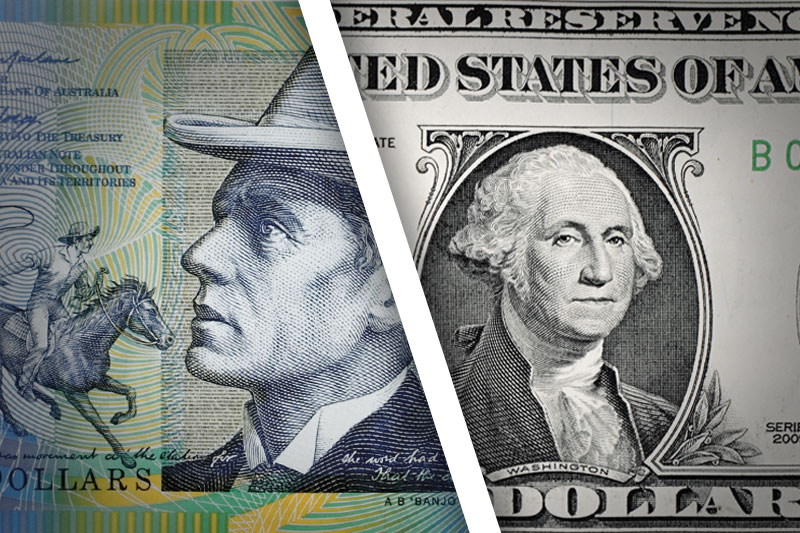Investing.com’s stocks of the week
Investing.com - The Australian dollar declined against its U.S. counterpart on Thursday, after the release of mixed economic reports from Australia, while the Federal Reserve’s latest meeting gave little indication of when interest rates could start to rise.
AUD/USD hit 0.9391 during late Asian trade, the pair's lowest since July 8; the pair subsequently consolidated at 0.9379, sliding 0.35%.
The pair was likely to find support at 0.9342, the low of July 7 and resistance at 0.9495, the high of July 2.
Official data earlier showed that the number of employed people in Australia rose by 15,900 in June, compared to expectations for an increase of 12,000, after a 5,100 decline in May whose figure was revised down from a previously estimated 4,800 fall.
The report also showed that Australia's unemployment rate rose to 6.0% last month from 5.9% in May, whose figure was revised up from a previously estimated rate of 5.8%. Analysts had expected the rate to remain unchanged at 5.9% in June.
In addition, the Melbourne Institute said its inflation expectations for the next year ticked down to 3.8% in June, from 4.0% the previous month.
Elsewhere, data showed that Chinese exports in June climbed 7.2% from a year earlier, missing expectations for a gain of 10.6%. Imports rose 5.5%, compared to forecasts for a 5.8% increase.
China is Australia's biggest export partner.
Meanwhile, the greenback remained under pressure after the minutes of the Fed’s June meeting revealed little new information on when the bank could start to hike rates. The central bank acknowledged that the economy is continuing to improve but officials remain divided over the outlook for inflation.
The minutes did show however that officials agreed to end the bank’s asset purchase program in October.
The Aussie was lower against the euro, with EUR/AUD rising 0.33% to 1.4541.
Later in the day, the U.S. was to release the weekly government report on initial jobless claims.
